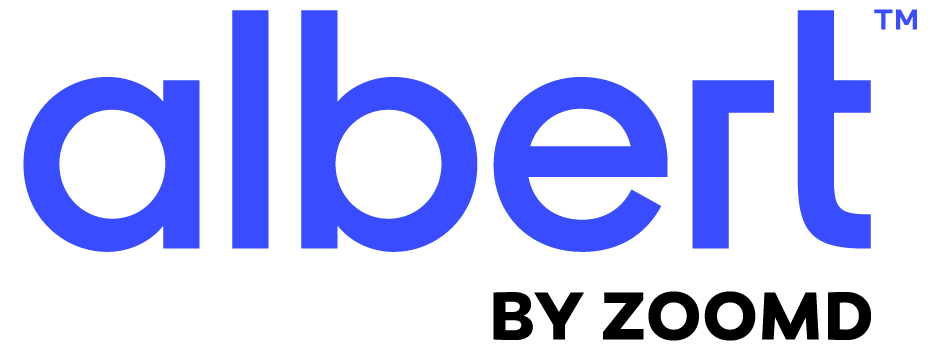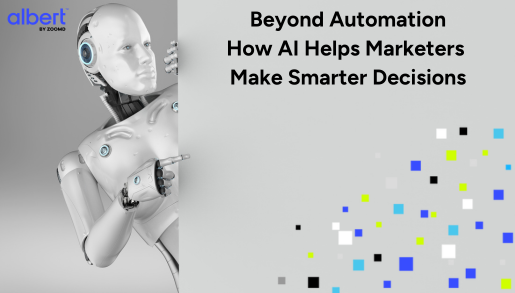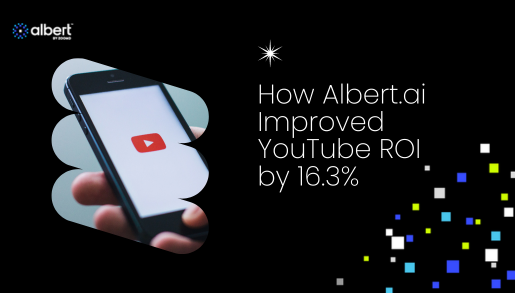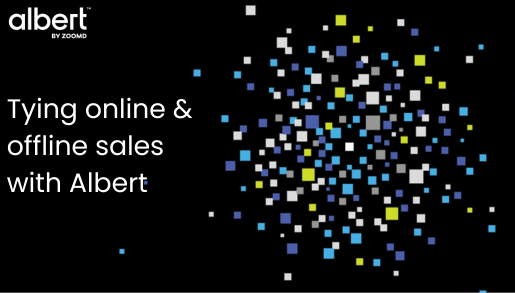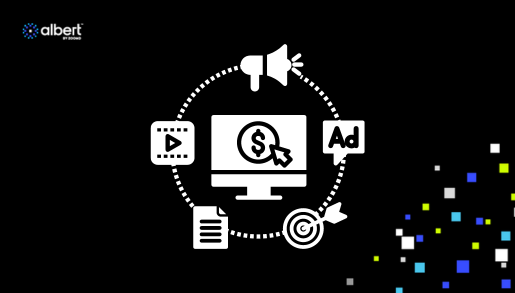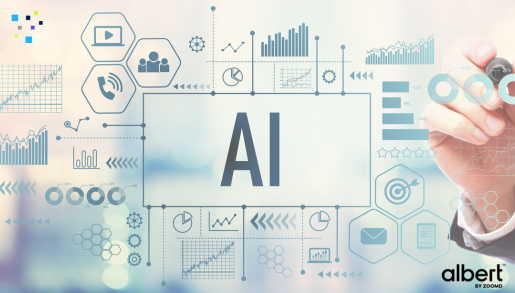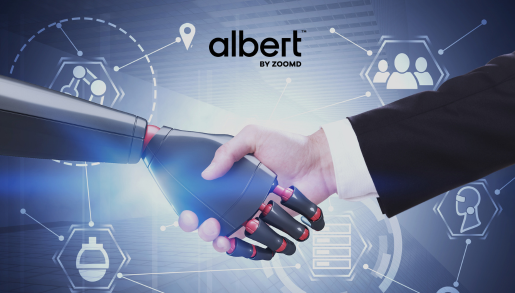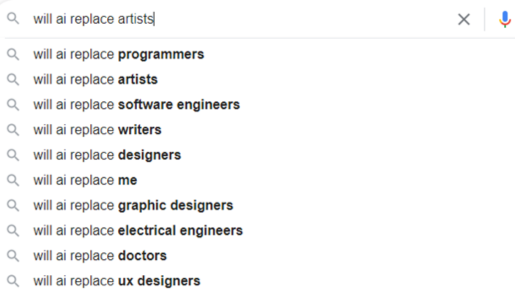How Advertisers Are Finally Getting Their Media Budgets to Work Smarter (Not Harder)
Let’s be honest, managing digital ad spend across multiple platforms feels like juggling flaming torches while riding a unicycle. You’re constantly switching between Google Ads, Meta Business Manager, TikTok Ads Manager, and Bing, trying to figure out where your budget is actually working and where it’s just… disappearing.
If you’re spending five or six figures monthly on digital ads, you’ve probably asked yourself this question at 2 AM while staring at your dashboards: “Where the hell is my money actually making a difference?”
The traditional way we’ve been doing media buying relying on last week’s data, making manual bid adjustments, playing the guessing game with budget allocation — it’s honestly exhausting. And expensive. Albert.ai is changing that conversation entirely.
Spotting Trends Before Your Competitors Do
What sets Albert apart is its approach: it doesn’t just react to what happened yesterday. It spots what’s happening right now and moves fast.
Take this example. A client was running travel insurance campaigns, targeting broad travel insurance keywords with phrase match. Then floods hit Morocco, and suddenly there was this surge in searches for “travel insurance for Morocco floods.”
Most of us would have caught this trend in our weekly reports, maybe made some manual adjustments, and by then? Competitors would already be bidding up the keywords.
Albert spotted the pattern as it was happening, created new keyword targeting, and had ads running before the competition even knew what hit them. Result? 25% boost in ROAS while everyone else was scrambling to catch up.
That’s the kind of “I wish I’d thought of that” moment that makes you realize we’ve been playing this game all wrong.
The $11K Wake-Up Call (AKA Your Search Terms Report Nightmare)
You know that sinking feeling when you dig into your search terms report and find gems like “free travel insurance” and “how to cancel travel insurance” eating up your budget? Yeah, we’ve all been there.
Picture this scenario: an e-commerce brand discovers they’re spending thousands monthly on search queries like “free shipping codes,” “discount coupons,” and “how to return items” — terms that bring clicks but rarely convert to sales. In a traditional setup, these budget-draining queries might go unnoticed for weeks, burning through ad spend while the team focuses on higher-level strategy. Albert continuously monitors search terms and automatically excludes these non-converting queries, reallocating that budget toward terms with actual purchase intent.
The best part? It keeps learning. Every day, it’s cleaning up the mess that manual campaign management inevitably creates. It’s like having a campaign manager who never sleeps, never gets tired, and never accidentally adds “cheap” as a keyword.
The CPC Opportunity You’d Never Catch Manually
Albert shows its intelligence when monitoring auction data not just your performance, but what competitors are doing too.
In one instance, it caught a competitor reducing their bids, dropping CPC from $0.80 to $0.68. Instead of waiting for the next optimization cycle, Albert immediately shifted $5,000 to capitalize on the cheaper clicks. The result? An extra $3,300 in revenue with the same budget.
Try explaining that to your boss: “Well, we made more money this month because Albert noticed Bob’s competitor got budget cuts and reduced their bids on Tuesday at 3 PM.” It sounds like magic, but it’s just really, smart data analysis.
Finally Making Sense of Audience Performance (Meta and TikTok Edition)
Can we talk about how frustrating audience targeting has become? You set up these beautiful campaigns with multiple audience segments, and then… good luck figuring out which audiences are converting, and which ones are just along for the expensive ride.
Albert restructures campaigns to isolate audience segments. Suddenly, you can see that your “fitness enthusiasts” segment is crushing it while your “outdoor adventurers” segment is burning cash. No more guessing, no more “let’s try increasing the budget and see what happens.”
Plus, it’s tracking micro-conversions add to cart, initiate checkout, all those beautiful signals that tell you someone’s interested before they hit the purchase button. It’s like having a crystal ball, but one that works.
The Creative Fatigue Solution (Finally)
Every performance marketer knows the cycle: launch creative, watch it perform beautifully, then slowly watch it die as audience fatigue sets in. By the time you notice the decline, you’ve already burned through weeks of suboptimal performance.
Albert monitors creative performance across every platform and automatically rotates out fatigued assets. No more wondering if your star performer from last month now dead weight is. No more “should we refresh this creative?” debates in weekly meetings.
Budget Allocation That Actually Makes Sense
Remember when budget allocation meant having a meeting, looking at last week’s numbers, and making educated guesses about where to spend next week? Albert makes those conversations feel charmingly quaint.
It’s looking at performance data in real-time and moving budget where it’s needed, when it’s needed. Meta delivering 4.00 ROAS while Google’s sitting at 2.50? Budget moves automatically. No manual adjustments, no waiting for approval, no “let’s revisit this next week.”
One client saw an additional $4,500 in revenue just from smarter budget allocation, same total spend, better results. That’s the kind of efficiency that makes CFOs very happy.
The Bottom Line
The advertising industry has evolved to a point where manual optimization simply can’t keep pace. Albert isn’t trying to reinvent advertising, it’s executing what marketers have always wanted to do, but couldn’t because of human limitations and time constraints.
Albert makes decisions faster than manual processes allow, catches opportunities that would otherwise be missed, and eliminates waste that often goes undetected. For marketers managing complex multi-platform campaigns, it represents a fundamental shift in how media buying operates.
The future of media buying isn’t about working harder or allocating larger budgets. It’s about intelligent automation that amplifies human strategy. Albert ensures your media budget operates at peak efficiency, delivering better clarity, control, and results.
